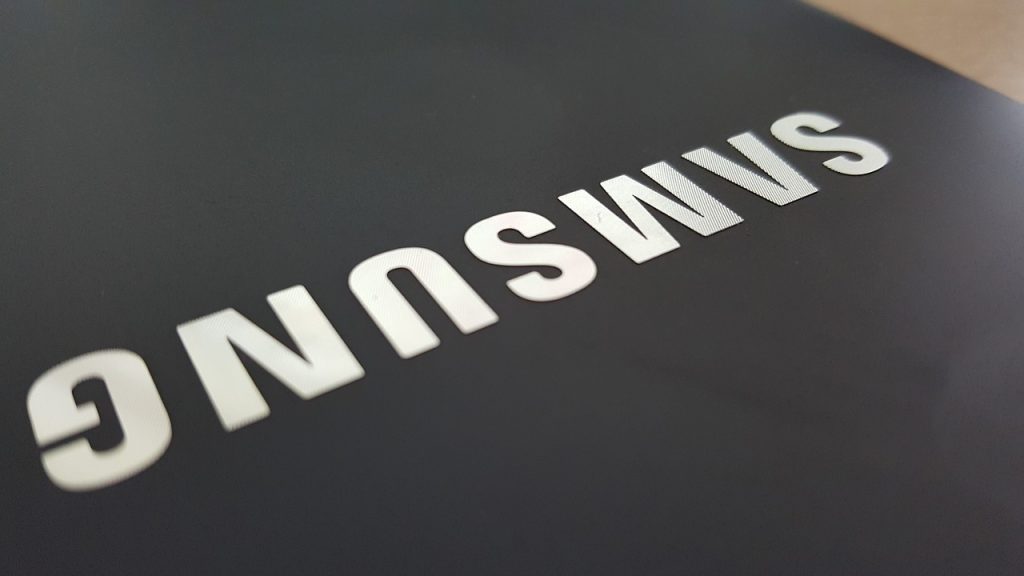Samsung And KDDI Argue Possession Of The Globe’s 1st 5G SA O-RAN vRAN Site.

Japanese and Korean collaborators speed up the release of standalone 5G sites by easing and automating the process of constructing network infrastructure with virtualized RAN technology.
KDDI, a Japanese operator, has turned on what it claims is the very first viable 5G standalone (SA) release in Kawasaki, Kanagawa, utilizing accessible and virtualized radio access system (Open RAN, vRAN) technology, successfully transmitting live 5G traffic.
The operator sees 5G new tech as able to power new applications and use cases such as extended reality (XR), manufacturing work services such as sensor data collection, remote operation, and factory automation, and connected transportation services such as automatic vehicle vehicles and traffic management.
While the number of devices connected and mobile data traffic consumption is increasing exponentially, it is much more vital to strengthen an internet infrastructure rapidly and cost-effectively due to the increase in usage.
The operator is implementing O-RAN and virtualizationtechnology to substitute database servers with software components that can operate on COTS(commercial off-the-shelf) servers. KDDI believes that this way will increase network agilityandflexibility, letting the operator provide advanced wireless services to comsumers.
KDDI is sure that it can quickly organizecompletely virtualized 5G RAN software utilizing existing hardware structure, and that latest 5G SA technologies supported by 5G vRAN, such as MEC(multi-access edge computing), network slicing, and others, will conveyhigher speeds, superior performance, and lower dormancy, letting KDDI users experience a variety of new upcoming services and immersive applications.
It also seems to see such an architectural style delivering reliability while accelerating Open RAN deployment across Japan, including in rural areas.
Beginning with this site in 2022, KDDI, in collaboration with Samsung and Fujitsu, will deploy this Open RAN in select areas of Japan and proceed with its implementation and progress, embracing plainness and virtualization in commercial networkby KDDI. KDDI used O-RAN-compliant systems for the placement of this first site, includingvirtualized DU (VDU)and 5G virtualized control unit (vCU) by Samsung, as well as Massive MIMO radio units byFujitsu.
“The Open RAN-based ecosystem offers many exciting possibilities,” said Shingo Mizuno, corporate executive officer and vice head of system platform business at Fujitsu. “This latest breakthrough with KDDI and Samsung proves the innovative potential of next-generation mobile services with Massive MIMO units.”




